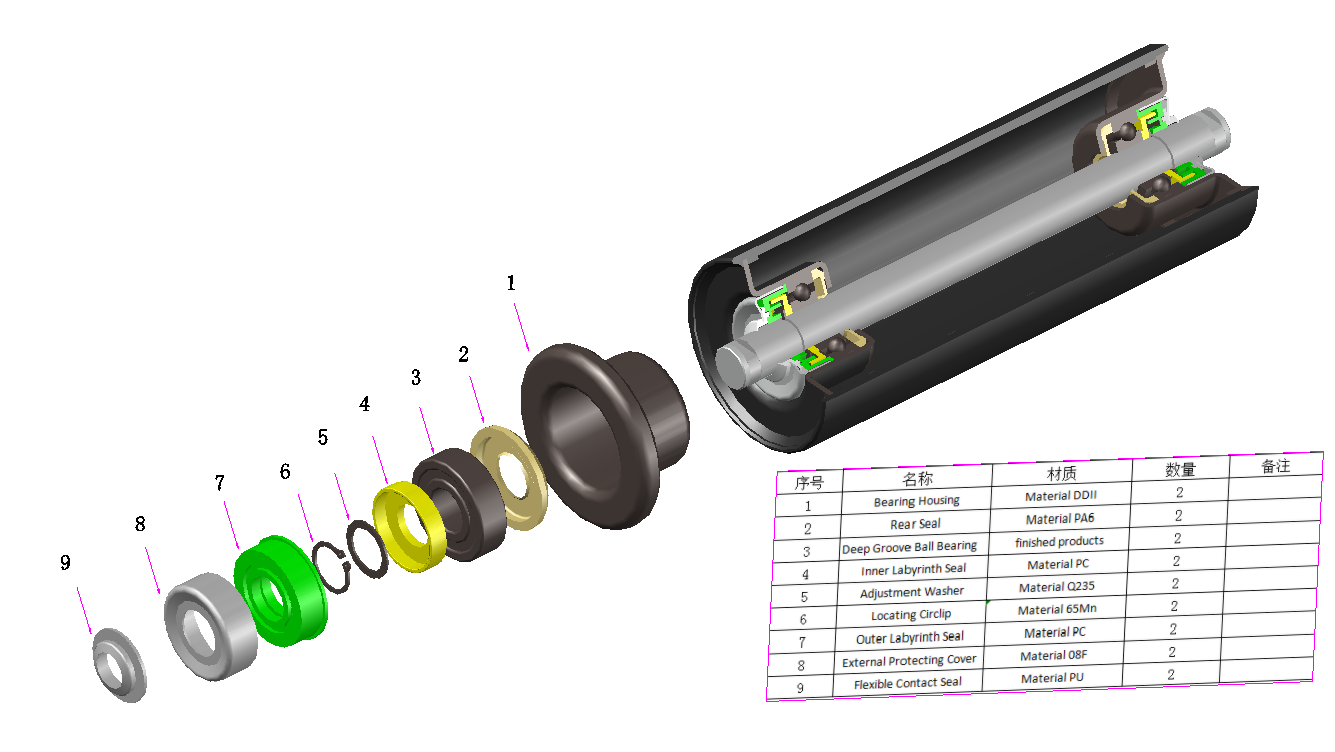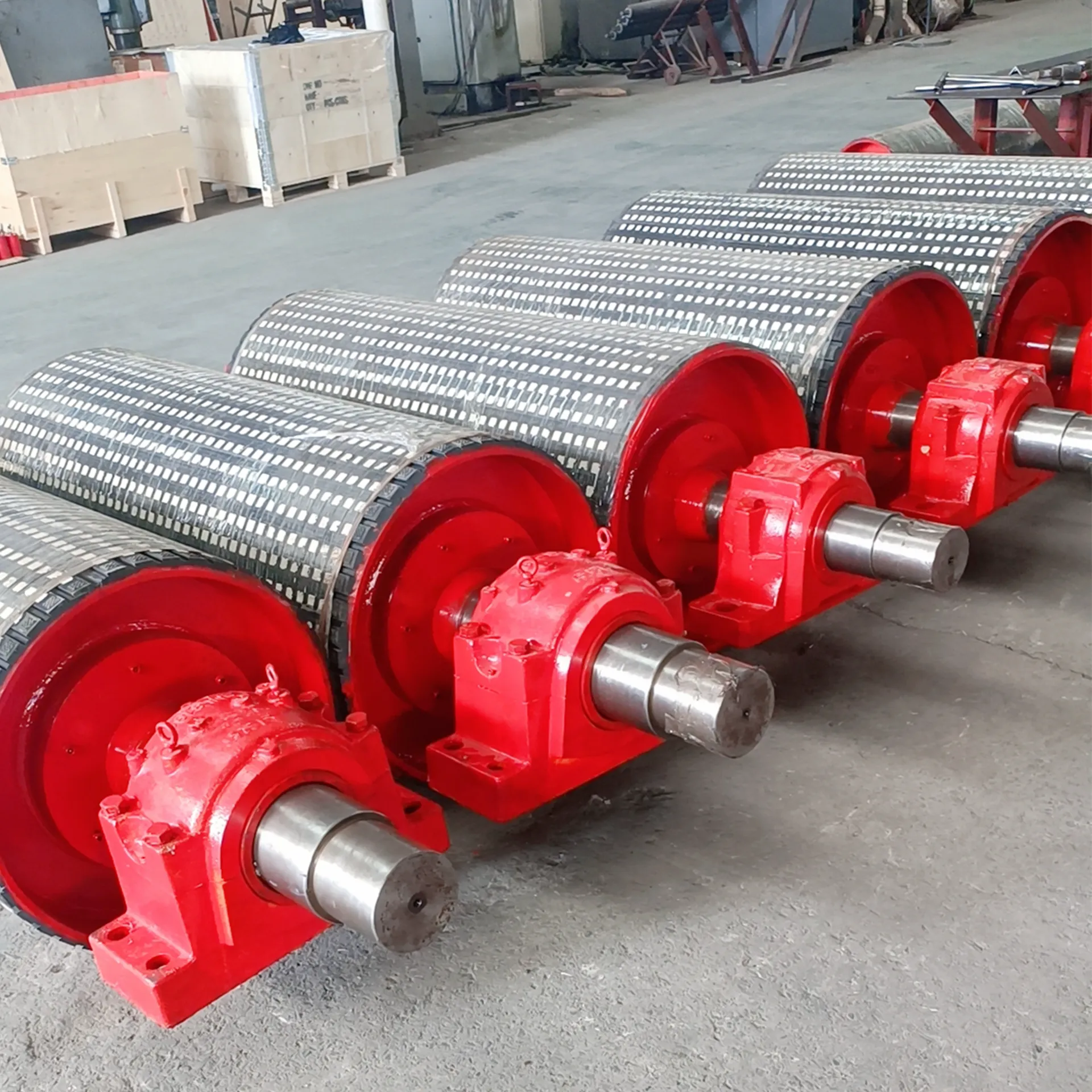 Afrikaans
Afrikaans  Albanian
Albanian  Amharic
Amharic  Arabic
Arabic  Armenian
Armenian  Azerbaijani
Azerbaijani  Basque
Basque  Belarusian
Belarusian  Bengali
Bengali  Bosnian
Bosnian  Bulgarian
Bulgarian  Catalan
Catalan  Cebuano
Cebuano  Corsican
Corsican  Croatian
Croatian  Czech
Czech  Danish
Danish  Dutch
Dutch  English
English  Esperanto
Esperanto  Estonian
Estonian  Finnish
Finnish  French
French  Frisian
Frisian  Galician
Galician  Georgian
Georgian  German
German  Greek
Greek  Gujarati
Gujarati  Haitian Creole
Haitian Creole  hausa
hausa  hawaiian
hawaiian  Hebrew
Hebrew  Hindi
Hindi  Miao
Miao  Hungarian
Hungarian  Icelandic
Icelandic  igbo
igbo  Indonesian
Indonesian  irish
irish  Italian
Italian  Japanese
Japanese  Javanese
Javanese  Kannada
Kannada  kazakh
kazakh  Khmer
Khmer  Rwandese
Rwandese  Korean
Korean  Kurdish
Kurdish  Kyrgyz
Kyrgyz  Lao
Lao  Latin
Latin  Latvian
Latvian  Lithuanian
Lithuanian  Luxembourgish
Luxembourgish  Macedonian
Macedonian  Malgashi
Malgashi  Malay
Malay  Malayalam
Malayalam  Maltese
Maltese  Maori
Maori  Marathi
Marathi  Mongolian
Mongolian  Myanmar
Myanmar  Nepali
Nepali  Norwegian
Norwegian  Norwegian
Norwegian  Occitan
Occitan  Pashto
Pashto  Persian
Persian  Polish
Polish  Portuguese
Portuguese  Punjabi
Punjabi  Romanian
Romanian  Russian
Russian  Samoan
Samoan  Scottish Gaelic
Scottish Gaelic  Serbian
Serbian  Sesotho
Sesotho  Shona
Shona  Sindhi
Sindhi  Sinhala
Sinhala  Slovak
Slovak  Slovenian
Slovenian  Somali
Somali  Spanish
Spanish  Sundanese
Sundanese  Swahili
Swahili  Swedish
Swedish  Tagalog
Tagalog  Tajik
Tajik  Tamil
Tamil  Tatar
Tatar  Telugu
Telugu  Thai
Thai  Turkish
Turkish  Turkmen
Turkmen  Ukrainian
Ukrainian  Urdu
Urdu  Uighur
Uighur  Uzbek
Uzbek  Vietnamese
Vietnamese  Welsh
Welsh  Bantu
Bantu  Yiddish
Yiddish  Yoruba
Yoruba  Zulu
Zulu Feb . 18, 2025 05:45
Back to list
conveyor pulley lagging
Conveyor pulley lagging is a critical component in the world of bulk material handling, where efficiency, durability, and reliability are paramount. High-quality lagging not only enhances belt traction but also minimizes slippage, wear, and tear, extending the lifespan of both the pulley and the conveyor belt. In this piece, we explore the intricacies of conveyor pulley lagging, drawing from professional expertise, real-world experience, and authoritative insights to offer a comprehensive guide.
The installation and maintenance of pulley lagging are critical yet often overlooked aspects of realizing the full potential of these materials. Proper installation ensures that the lagging performs to its specifications, while regular maintenance prevents the buildup of debris that can diminish performance. Engaging with experienced professionals or trusted manufacturers for installation and consultation can prevent common pitfalls that compromise the effectiveness of pulley lagging. From a trusted source's perspective, the technological advancements in conveyor pulley lagging have been groundbreaking. Notably, the development of self-cleaning lagging systems that reduce material buildup is an innovation that has significantly optimized maintenance schedules and operational efficiency. These systems are instrumental for industries handling sticky or powdery materials that typically adhere to traditional lagging. The expertise garnered from years within the field underscores the importance of selecting the appropriate lagging solution tailored to specific operational requirements. Industries ranging from mining to food processing demand nuanced solutions that factor in variables such as material type, environmental conditions, and system layout. Consulting with industry experts can provide invaluable insights leading to more informed decisions that align with both immediate needs and long-term operational goals. Ultimately, the trustworthiness of conveyor pulley lagging solutions is upheld through rigorous testing, adherence to quality standards, and ongoing innovation. For those in the purchasing or maintenance roles, leveraging reviews, case studies, and performance data from reputable sources can aid in making decisions that not only meet operational needs but also enhance overall system reliability. In conclusion, the landscape of conveyor pulley lagging is rich with options tailored to meet varying industrial demands. With each type offering distinct advantages, the key lies in a nuanced approach that balances cost with performance, ensuring a smooth operation that withstands the test of time. Through diligent selection and maintenance, pulley lagging continues to play an indispensable role in material handling processes worldwide, rooted in a foundation of expertise, authority, and reliability.


The installation and maintenance of pulley lagging are critical yet often overlooked aspects of realizing the full potential of these materials. Proper installation ensures that the lagging performs to its specifications, while regular maintenance prevents the buildup of debris that can diminish performance. Engaging with experienced professionals or trusted manufacturers for installation and consultation can prevent common pitfalls that compromise the effectiveness of pulley lagging. From a trusted source's perspective, the technological advancements in conveyor pulley lagging have been groundbreaking. Notably, the development of self-cleaning lagging systems that reduce material buildup is an innovation that has significantly optimized maintenance schedules and operational efficiency. These systems are instrumental for industries handling sticky or powdery materials that typically adhere to traditional lagging. The expertise garnered from years within the field underscores the importance of selecting the appropriate lagging solution tailored to specific operational requirements. Industries ranging from mining to food processing demand nuanced solutions that factor in variables such as material type, environmental conditions, and system layout. Consulting with industry experts can provide invaluable insights leading to more informed decisions that align with both immediate needs and long-term operational goals. Ultimately, the trustworthiness of conveyor pulley lagging solutions is upheld through rigorous testing, adherence to quality standards, and ongoing innovation. For those in the purchasing or maintenance roles, leveraging reviews, case studies, and performance data from reputable sources can aid in making decisions that not only meet operational needs but also enhance overall system reliability. In conclusion, the landscape of conveyor pulley lagging is rich with options tailored to meet varying industrial demands. With each type offering distinct advantages, the key lies in a nuanced approach that balances cost with performance, ensuring a smooth operation that withstands the test of time. Through diligent selection and maintenance, pulley lagging continues to play an indispensable role in material handling processes worldwide, rooted in a foundation of expertise, authority, and reliability.
Latest news
-
Revolutionizing Conveyor Reliability with Advanced Rubber Lagging PulleysNewsJul.22,2025
-
Powering Precision and Durability with Expert Manufacturers of Conveyor ComponentsNewsJul.22,2025
-
Optimizing Conveyor Systems with Advanced Conveyor AccessoriesNewsJul.22,2025
-
Maximize Conveyor Efficiency with Quality Conveyor Idler PulleysNewsJul.22,2025
-
Future-Proof Your Conveyor System with High-Performance Polyurethane RollerNewsJul.22,2025
-
Driving Efficiency Forward with Quality Idlers and RollersNewsJul.22,2025
OUR PRODUCTS





























